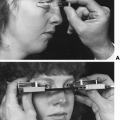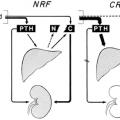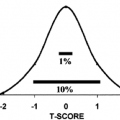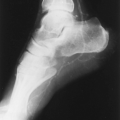NONPARATHYROID HYPERCALCEMIA
Andrew F. Stewart
Primary hyperparathyroidism is the most common cause of hypercalcemia among nonhospitalized patients (see Chap. 58). This chapter focuses on nonparathyroid causes of hypercalcemia, the most common of which is malignancy.
Ionized extracellular fluid calcium has quantitatively important interfaces with four physiologic compartments: serum proteins (predominantly albumin), the skeleton, the gastrointestinal tract, and the kidneys. A disorder at the level of any one of these compartments may cause hypercalcemia. For example, a malignancy that is metastatic to the skeleton may cause hypercalcemia primarily through skeletal resorption (resorptive hypercalcemia). Alternatively, sarcoidosis appears to lead to hypercalcemia largely because of intestinal calcium hyperabsorption (absorptive hypercalcemia). Use of thiazide diuretics results in hypercalcemia mainly because of excessive renal calcium reabsorption (renal hypercalcemia). Finally, serum protein abnormalities may lead to elevations in total, but not ionized, serum calcium (factitious hypercalcemia). Combinations of renal, absorptive, resorptive, and protein-binding components all may contribute to a given patient’s hypercalcemia. For example, hypercalcemia in a dehydrated patient with sarcoidosis may include all four components. Nevertheless, the grouping and conceptualization of the types of hypercalcemia into this pathophysiologic framework aids in both diagnosing and treating individual cases of hypercalcemia.
Stay updated, free articles. Join our Telegram channel

Full access? Get Clinical Tree







